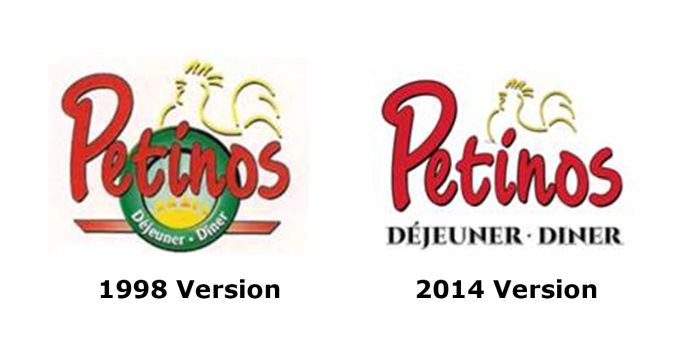Trademarks often evolve as part of a brand refresh or rebrand, raising important questions about maintaining trademark rights. Before undertaking a brand refresh, consult your trademark agent to determine if a new trademark application is necessary. Minor adjustments may not require a new application, but cumulative changes over time might. Filing a new application can be a cost-effective way to protect your brand from expungement risks.
Call it a brand refresh, a brand update, a rebrand. Whatever you call it, many trademarks evolve over time. Consider PEPSI and the recent redesign of the PEPSI logo and "visual identity system" (their term).
A brand refresh can have benefits from a marketing and advertising point of view, but how does it impact trademark rights? Here are a couple of factors to keep in mind to maintain protection over your trademarks whenever your brand evolves.
The recent case of Crêpinos inc. v 3986055 Canada Inc. is an excellent illustration of the challenges that can arise. In 2003, the owner of the Montreal-based chain of Petinos breakfast restaurants filed an application to register the 1998 version of their logo. The design trademark was registered for use in association with restaurant services and franchising.
In 2014, the trademark owner decided to "modernize" the design, and the new version differed from the 1998 version that was registered. Fast-forward to 2023, when a Section 45 challenge was issued against this registration, alleging that the original design – the 1998 version which was registered – had essentially been abandoned, and replaced by the 2014 version.

The following question had to be considered: Did the display of the 2014 version qualify as "use" of the 1998 version? If not, then there would have been no evidence of use of the mark as registered, and the registration would have been expunged. If the use of the 2014 version did qualify as "use" of the 1998 version, then the registration would be maintained.
What the Law Says
Under Canadian trademark law, the question is whether the changes result in a version that is so far apart that the mark-as-registered cannot be considered in use. In considering whether the mark-as-used constitutes display of the mark-as-registered, the question to be asked is whether the trademark was displayed in such a way that it did not lose its identity and remained recognizable, in spite of the differences between the form in which it was registered and the form in which it was used. To determine this, we assess the dominant features of the registered trademark, to see if they have been preserved, depending of course on which elements are the "dominant features" and whether the variation is minor enough. These are all questions of fact to be determined on a case‑by‑case basis. In other words... it depends.
In this case, the Trademarks Opposition Board found that the dominant features of the mark were the word "Petinos", written in a particular stylized lettering, and the stylized representation of a rooster in the background. These features were essentially preserved, and the other changes were considered minor. Thus, use of the 2014 version of the mark was accepted as evidence of use of the 1998 version, the Section 45 challenge was rejected, and the registration was maintained.
Takeaways
- Whenever you undertake a brand refresh, particularly with designs and logos, contact your trademark agent and consider whether it's worth filing a fresh application. Going back to our original example, PepsiCo has filed no fewer than 6 new design applications to protect its latest redesign.
- Tiny adjustments to the design may not justify the costs of filing a new application, but in many cases, numerous minor changes over the course of several years, when reviewed cumulatively, can result in a design that is markedly different from the original design as registered.
- The cost of a new application is relatively cheap insurance considering the risks that the old design will be vulnerable to expungement.
The content of this article is intended to provide a general guide to the subject matter. Specialist advice should be sought about your specific circumstances.

